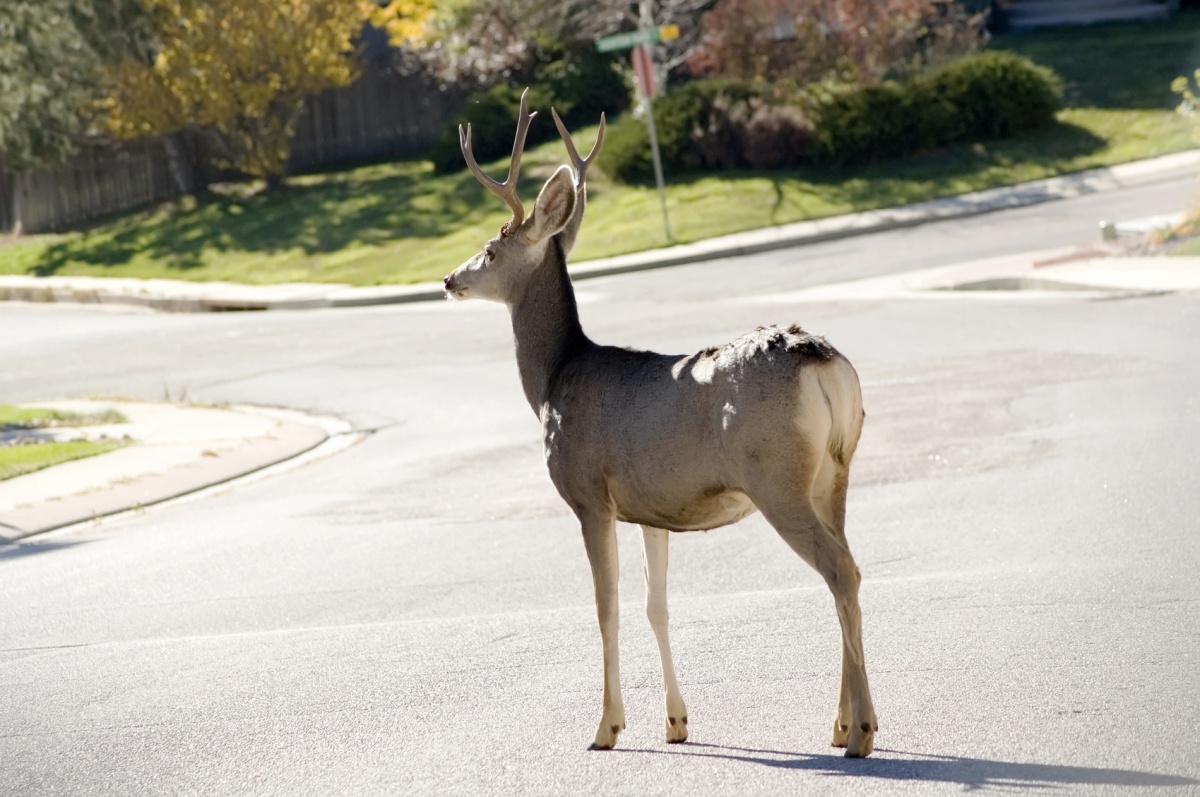Key events
 Set good objectives
Set good objectives
Management objectives are finalized early in this phase. This critical step will be the cornerstone of your community’s deer management plan. Taking the time now to spell out objectives makes it possible to select the best strategies to achieve them (Phase 3) -- and to assess the long-term success of your program (Phase 4). Click here for resources that can help you with objective setting. A good objective is “S.M.A.R.T.” “S.M.A.R.T.” is a useful way to remember the most important elements of a good objective.
- Specific – Is it focused?
- Measurable – Is there an indicator that will confirm whether it has been achieved?
- Attainable – Is it realistic given available resources?
- Relevant – Is it a good fit for your community’s situation?
- Time-related – By when will the results be achieved?
Create a deer committee
Most communities establish a deer committee at this stage, if they have not already done so. The committee considers a range of potential actions to achieve management objectives, including those designed to influence human behavior (e.g., educating residents on how to protect planting from deer) and those aimed at reducing deer numbers (e.g., hunting, culling, inhibiting deer reproduction). During this stage it is especially helpful to consult with:
- State wildlife agency staff. Your state’s wildlife agency holds the authority for deer management. They are a great resource to help your community learn about the feasibility of deer management approaches and the permitting you will need to gain authority to take management actions.
- Other communities. Identify a few communities that are already actively managing deer. Whether a neighboring municipality or a community on the other side of the country, the community examples featured on this site will help you get a feel for how other communities have approached this stage.
Weigh your options
Keep in mind that all proposed actions have consequences, both positive and negative. Stay focused on whether an action will truly help your community reach its deer management goals. Then, assess the costs and benefits of different actions from the perspectives of multiple stakeholders. At this point the deer committee can recommend a set of actions best-suited for meeting deer management objectives.
Select the course of action
Now it is up to a decision-maker (or decision-making body) to determine how to move forward on deer management taking the deer committee's recommendations, which can be decided in a number of different ways. Sometimes decisions are made by the residents of a community, through a community vote. In other cases, decisions are made by elected or appointed representatives of the area where deer are to be managed (e.g., village trustees, homeowners’ association, town supervisor, administrators of a park system or an interagency task force). Choose the model that works best for your community’s circumstances.
Key information needs
The decision-making phase requires technical information from experts and local knowledge from community members. The quality of deliberations about potential actions depends on several factors, including: the quality of information about the costs; benefits and feasibility of each alternative; and efforts to consider each alternative in light of established community goals. It’s important that the information used to make decisions is perceived by recipients as coming from unbiased, trustworthy sources—especially important if you end up needing to justify or even defend publicly the decision about actions selected.
Common challenges
Experience has shown that if stakeholders themselves resolve differences and settle on a set of acceptable actions for deer management in their community, resulting decisions about potential actions tend to be more sustainable. But even under the best circumstances, challenges may arise for various reasons. Two common reasons deer management decisions get delayed are:
- Disagreement about action alternatives. Residents may be deeply divided about the appropriateness of proposed action alternatives. Having a skilled process facilitator can encourage productive dialog and lessen the likelihood that decisions will be challenged by individuals or interest groups who feel marginalized by the process.
- Delays in moving to implementation. If elected officials are responsible for decision making, they may delay or postpone politically sensitive choices, even after extensive efforts to gather community input. Contested decisions may require an environmental impact assessment or other administrative process before they can be implemented. Such delays contribute to frustration among stakeholders experiencing deer-related problems, and can amplify distrust of decision makers among some stakeholders who believe the process is not progressing in a timely manner.


